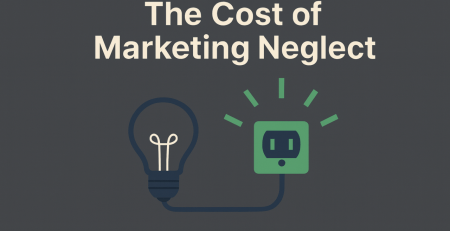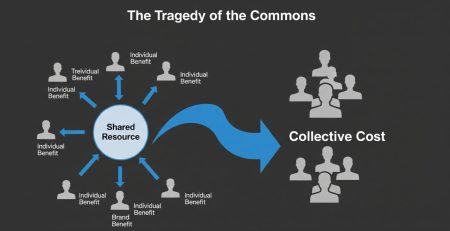The Most Dangerous Gap in Business
When Clients Say “It’s Fine”
The most dangerous gap in business relationships isn’t price or quality. It’s expectation(s).
Most client breakdowns, whether it’s disappointment, churn, or a slow slide into resentment, come down to mismatched expectations. It’s almost never malice. It’s rarely incompetence. It’s usually two parties assuming they were on the same page… when they weren’t even reading the same book.
And the worst part? Clients rarely tell you what’s wrong. They hint. They withhold. They cancel and disappear.
The Problem: Expectations Are Almost Never Explicit
“They’re unhappy, but they didn’t ask for that.” “They didn’t give feedback, but now they’re ghosting us.” “They said it was fine… until they fired us.”
Sound familiar?
Clients often won’t tell you what they really expect. Not because they’re hiding it, but because they assume you already know. Or worse, because they don’t know how to ask for what they actually want. Or, there is confusion on definitions of terms.
Expectation Gaps Come From:
- Internal misalignment on the client side (e.g., the CEO wants one thing, the director wants another)
- Past vendor trauma (“We’ve had bad experiences before…”)
- Vague language (“We just want to grow”)
- Lack of industry knowledge (“What’s possible with SEO?”)
- Unspoken fear (“Will I look stupid if I ask for that?”)
The Fix: The 3-Part Expectation System
To avoid misalignment, disappointment, and churn, we need to Clarify, Manage, and Fulfill expectations with intention and repetition at every phase of the client journey.
1. Clarify
Get out of assumption territory. Don’t just ask, “What are you hoping to achieve?” Ask:
- “What does success look like to you?” (Visual, visceral)
- “What’s happened in the past that you never want to repeat?”
- “Who’s the most important person we need to keep happy here?”
- “What are you hoping we’ll do that you haven’t said out loud yet?”
- “Have you read and do you fully understand [this/that process; onboarding, etc]?
Use the answers to define clear, measurable, and emotional expectations.
2. Manage
Expectations are living things — they change. So you need to manage them like a project.
That means:
- Check in before the check-in. Don’t wait for reports to ask, “Is this meeting expectations so far?”
- Flag disconnects early. Say: “I’m sensing we may have different pictures of what this will look like, can we realign?”
- Over-communicate assumptions. If you think something might be unclear, say so. Set the frame, then deliver.
3. Fulfill
Do what you said, how you said you’d do it, and tie it back to expectations. Every delivery should reinforce: “This is what we agreed success looks like, and here’s how we’re tracking.”
Pro tip: Always connect results to expectations they gave you. Not just the data you think is impressive.
Where This Fails in the Real World
Marketing Agencies: Deliver great work, but the client expected faster visibility or different KPIs. Agency gets blamed for a strategy gap that was never discussed.
Law Firms: Win the case, but the client leaves frustrated because they didn’t feel supported or informed. Expectations were legal and professional, but not emotional.
Medical Practices: The procedure was flawless, but a 40-minute wait erased the goodwill. The expectation was efficiency, not just expertise.
Coaches & Consultants: Deliver insight and perspective, but the client thought they were paying for tactics, not mindset. Gap between “what I thought I was buying” and “what I got.”
Leadership Application: Set Expectations Like a Pro
Internal teams need this just as much as clients.
- Define the “win” before assigning work.
- Clarify when you want to be updated and how.
- Don’t assume “They should know that by now”.
Your people want to meet expectations. But they need you to make them visible, memorable, and fair.
Bottom Line: Expectation Is a System. Don’t Leave It to Chance.
If we want to retain clients, build trust, and avoid slow-drip resentment, we need to treat expectation like a system:
- Clarify it early
- Manage it consistently
- Fulfill it visibly
Do this, and your work gets seen for what it really is: valuable, aligned, and worthy of referral.







Leave a Reply